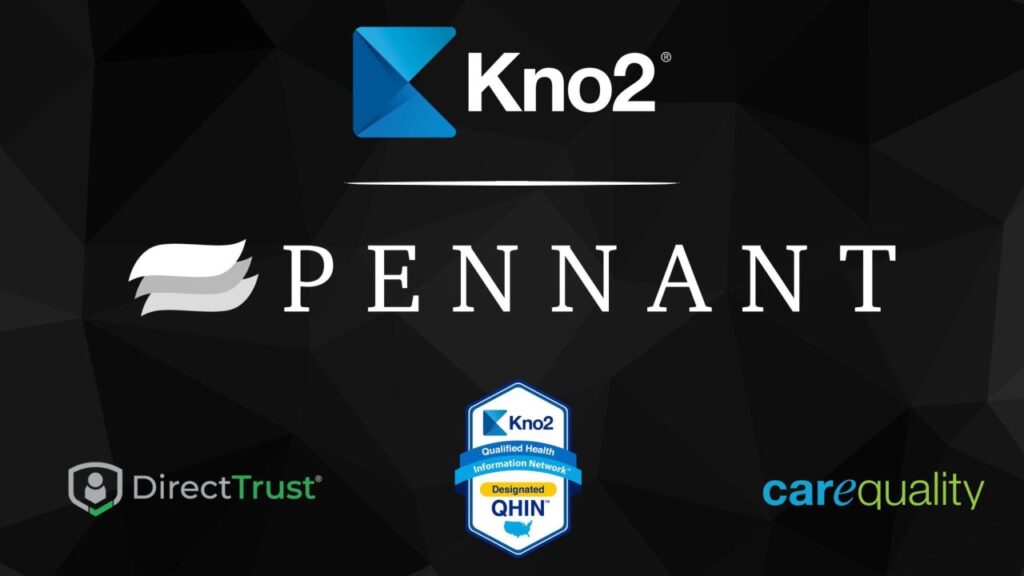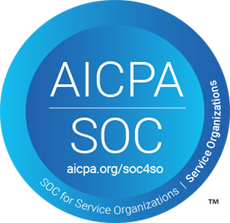A Perspective from Kno2 CEO Jon Elwell.

For those of you who know me personally, you know I often use stories to create context. Today I will relate to something most of us know and have witnessed.
On January 9, 2007, Steve Jobs takes the stage in his legendary black mock turtleneck to introduce the first iPhone and he opens with a bold statement: “We’re going to make some history together today.” During the keynote, Jobs explained that the new device would combine a mobile phone, a widescreen iPod with touch controls and an internet communications device with the ability to use email, web browsing, maps and searching.
It wasn’t the first “smartphone,” or the first phone with a camera. It wasn’t the first mobile device to have a touchscreen, or to let users install apps. But it tied numerous disparate features together in a cohesive, well-designed whole — kickstarting a mobile revolution that has transformed the way we communicate and interact with people and systems.
What did Steve Jobs NOT DO? He didn’t stand up and explain the technology being used. The network, standards or protocols never entered the conversation. He simply focused on features that would improve and enrich communication. You may recall, Mr. Job’s left the most impactful for the very end of the event…building anticipation around the unveiling of the ultimate feature that invariably brought the audience to its feet.
As much as I would love to say healthcare organizations across the nation are “flocking” to acquire technology that enables better communication…these capabilities have not gone viral, and we know we are still seeing 70% of the communication occurring via fax. We cannot continue down the same path and expect a different result — that would be insane. The future of healthcare communication requires features so compelling that the outcome of interoperability does not require legislation, regulation, rewards or penalties…it is simply desired!
The Conversation Matters
As technologists it is imperative that we focus on the standards, protocols and networks…a seeming endless sea of terms and acronyms that support the secure exchange of patient information. HL7 v2x, Direct Secure Messaging, HL7 FHIR, C-CDA, USCDI, query-based exchange through Carequality, CommonWell Health Alliance, 21st Century Cures, TEFCA, QHIN and others. While those are important things for us to consider as technology vendors, I think we’ve made the mistake of letting these conversations get too close to the provider.
It’s Time To Act Differently
I challenge why every EHR company today can’t create their own Steve Job’s moment. A user conference, an industry event, a regional user group meeting should all be attended with anticipation. Features released that dramatically improve how day-to-day communication in a highly interdependent ecosystem are greatly enhanced in the EHR.
Features like:
- Referral/Transition of care comes with an easy-to-consume medical history on the patient automatically and electronically
- Patient demographics allowing for easy association to an existing patient or the ease of establishing the skeleton record for a new patient
- eSigning capability native to the system for easy exchange of plans of care, progress notes and other dependent documentation
- Release of information being managed by the system not by humans — the ability for approved organizations to gather patient information electronically instead of using staff for nonpatient care activities
- Approval and review processes being automated as the document or data being communicated is known at the time it arrives, triggering an effective workflow by the system — not by paper, sticky notes, hallway discussions or medical record departments
I have tested this theory in front of providers, polling the audience for what they want, what they need and what they should expect in 2022. Every time it is met with “Jon…where is it?” They want the features and not the how, what and why.
Kno2’s Promise
At Kno2, we are working hard every day to have the right conversations with the right audience. We meet daily with technology vendors who must understand our ability to support the standards, networks and technology needed to make the features above and many more possible. We speak to provider organizations daily as well and are demanding of ourselves that we communicate in a fashion that creates tangible value by only speaking to the outcomes of interoperability and how their practice and their patients will benefit. We ask that all healthcare IT vendors join us with a passionate focus to developing features that are meaningful and will drive adoption of interoperability because it solves problems, drives efficiency, reduces costs and better patient outcomes. The features will speak for themselves. I’m confident that this focus will remove the stigma of interoperability, resulting in a much improved patient experience.






